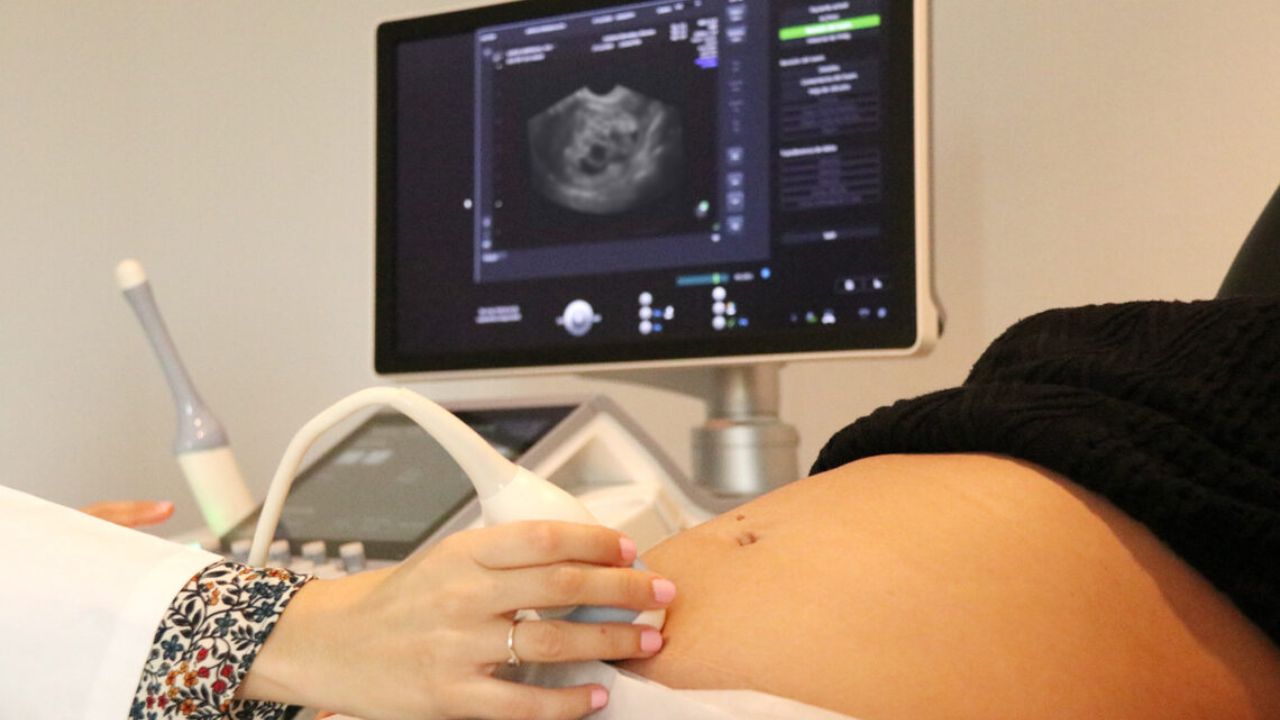CHANDIGARH
Molar pregnancy is a rare pregnancy condition in which the placental cells develop abnormally. The trophoblasts – cells that ordinarily develop into the placenta – expand abnormally in such situations.
“A positive pregnancy test 9 months later is commonly followed by the delight of a newborn baby.” There are times, though, when a pregnancy ends in a miscarriage. A molar pregnancy is one of them.”
Sonography is becoming a common method for detecting molar pregnancy.
Types: The placenta develops inside the uterus in healthy pregnancies. The umbilical cord is used to feed the fetus. The tissue in the uterus creates an abnormal lump or tumor in molar pregnancies. Partial molar pregnancy and full molar pregnancy are the two forms of molar pregnancy. Partial molar pregnancy occurs when both the placenta and the embryo are faulty; complete molar pregnancy occurs when the placenta is dysfunctional but there is no embryo.
Symptoms: Vaginal bleeding in the first three months of pregnancy, severe nausea and vomiting, high blood pressure, no heartbeat in the baby, and an increase in abdominal girth compared to a healthy pregnancy are all early indicators of molar pregnancy.
Molar pregnancy risk factors include getting pregnant before and after a certain age, such as 40, dietary deficiencies, and a shortage of nutrients reaching the baby in the early stages of pregnancy. If someone has previously experienced molar pregnancies, it may have an impact on their chances in the future.

 हिंदी
हिंदी






